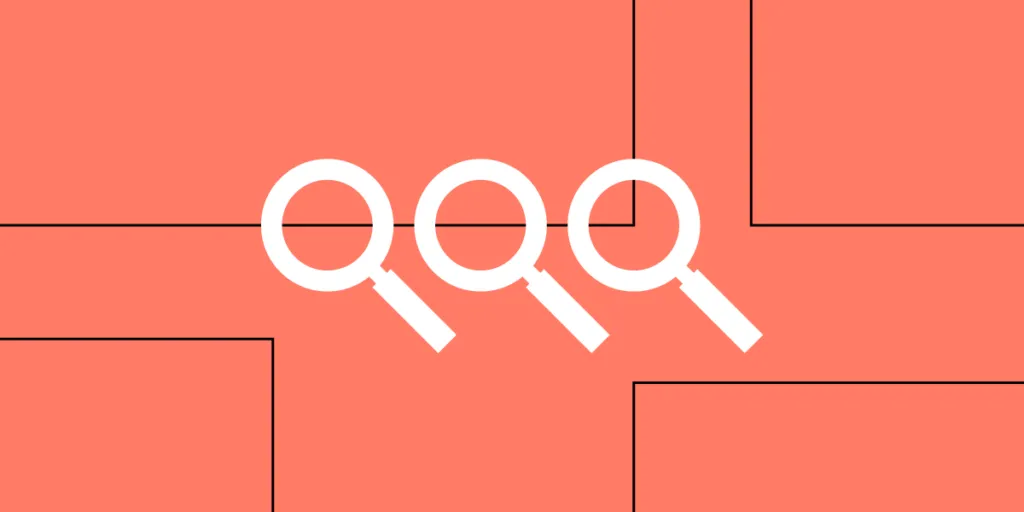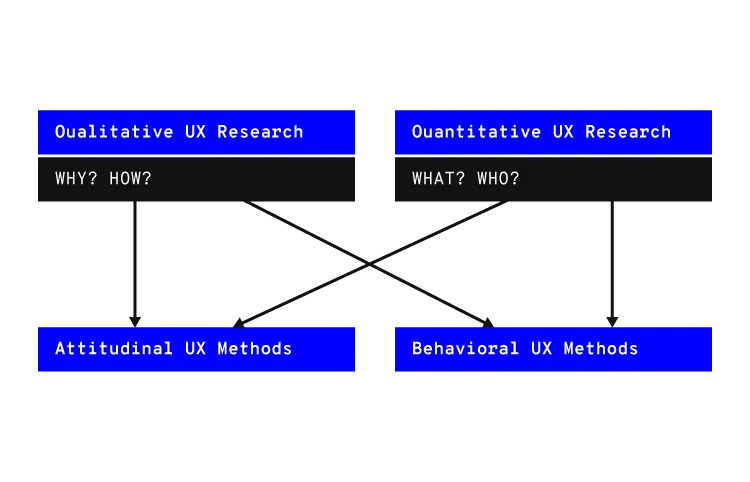Types of UX Research Methods and Their Use Cases

User research is one of the main disciplines that make up the User Experience field. According to that, it’s easy to understand that having a user experience research plan is something that should never be overlooked.
You don’t have the luxury to waste time when mapping out a UX project. Incorrect user research data that doesn’t align with your predictions and expectations can have detrimental effects.
So, depending on how well the research phase goes, you might as well pave the way for a smooth project stage or completely throw off your team in the wrong direction..
How to choose the right UX research methods?
But it’s not always easy picking the right research methods. Not all user experience methods are created equal and some will be a better fit for a certain project than others.
With that said, you will have to take a few things into consideration when defining your ux research method.
Those things are:
- The type of product you will be developing (app, website, software, etc.)
- The type of client
- Project stage
- Environment
- Timeframe
- Resources
The method you choose will be reliant upon all of the factors mentioned above.
Benefits of user experience research
In the essence of user experience is one specific thing. That is – striving to create a product that will not just help the users interact with it more easily but also leave a lasting impression on them.
A lasting impression in terms of making them feel happier and satisfied. And users are happy and satisfied when the product meets their needs.
User research experience has a great set of benefits:
- Enables you to design and develop human-centered products with a strategy in mind for users’ specific needs and goals
- Gives you an insight into users’ behaviors and usage patterns;
- You can greatly avoid any unnecessary costs that may arise from an inaccurate approach to development or design;
- Creates a vision for the whole process with the end goal in mind;
- Facilitates collaborative work across all teams;
- Helps you solve specific user-related problems by replacing assumptions with data;
- User experience research will help you drive back a bigger return on investment through usable design that meets the user’s needs.
Main classification of user experience research methods
In order to build a sustainable product and create an agile lifecycle, you need to collect the right type of data. Your product needs to reflect your users. And every bit of info you’ll get from user experience research is going to be put back into the creation of your user personas.
You can collect data with the help of different UX research methods which are classified into four main categories.
Those main categories of user experience research methods are:
- Quantitative
- Qualitative

The quantitative category refers to methods that are used for acquiring data. Numeric data is measurable and is collected in the form of numbers. It provides a certain degree of statistical accuracy.
The data from qualitative research methodologies are descriptive in nature. It provides data in the form of knowledge, contextual insight, and explanation of certain human actions and behaviors.
The qualitative and quantitative methods can be further broken down into attitudinal and behavioral methods.
UX research methods and use-case scenarios
We previously mentioned the primary classification of methods into quantitative and qualitative which can further be divided into attitudinal, and behavioral. Now let’s take a look at the most frequently used methods in user experience research.
A/B Testing

With this research method you will be comparing two different versions of your product in order to find out which one performs better.
Use-case scenario: You can implement this method to determine which version of your product converts better, has a better click-through rate or lower bounce rate, for example. It will enable your product to communicate better with your users.
Participatory Design

This method facilitates brainstorming in a very unique way by being heavily user-centered. Anyone from users to company employees can contribute in a meaningful way by expressing their ideas and suggesting creative solutions.
Use-case scenario: When you are designing a product that relies on offering a heavy personalized experience and wish to reflect that in both user experience and interface design.
Focus Groups

With this method, you’ll have targeted users participating in a group discussion on a range of topics relevant to your product. It provides insight into user attitude and behavior patterns.
Use-case scenario: You can implement focus group research well after development when the product is live to gather opinions on the current build or in the early stages.
Interviews

This user experience research method is a one-on-one discussion between the researcher and the participant on a specific topic or range of topics.
Use-case scenario: Conducting interviews can help you acquire information about user behavior and habits. You can tailor the interview to get feedback about as many topics as you require. The collected information will help you create accurate journey maps and user personas.
Card Sorting

This is an established UX research method that stood the test of time. It involves participants sorting cards with labels on them into categories they find relevant.
Use-case scenario: This method is invaluable when creating information architecture. It will help you create or refine the information architecture of your website..
Eyetracking

Used to find out where exactly are your users looking during performing tasks and interacting with your product.
Use-case scenario: Eyetracking will give you knowledge on how users interact with your website or application. It will help you find any issues and optimize your user interface design.
Usability Tests

Usability testing involves participants having to navigate your website and perform specific tasks and actions.
Use-case scenario: This ux research method will help you improve website performance and create a positive user journey when they need to complete certain critical tasks like shopping on your website (finding the product) and checking out (paying and continue browsing or leaving).
Conclusion
Even if UX research means bringing users just one step closer to solving their problem, it’s something worth doing.
With the wide range of UX research methods that are available, you can’t expect to use all possible user experience research methods on a given project.
But, you should go out of your way and use more than one or two methods you’re most familiar with. You’ll get a better insight and approach a problem from different angles.Head over to UXPin for more resources on research techniques or just about anything else regarding UX. If you’re struggling to implement an effective UX strategy, don’t hesitate to contact our experts.

